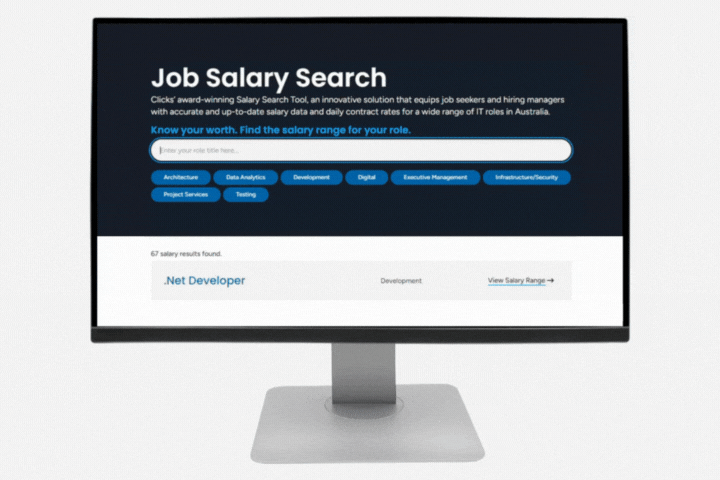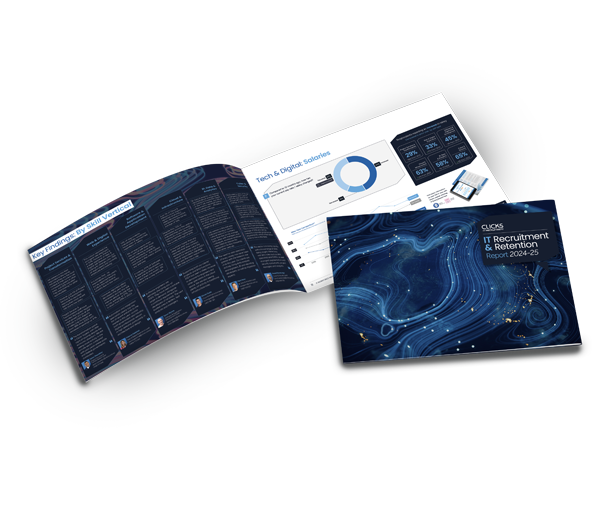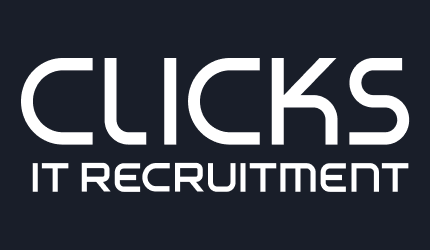Certain tech skill verticals, such as software engineering, data analytics, cloud infrastructure or cybersecurity, have been established as specific skill areas or specialisations, whereas AI works a bit differently. AI sits across many of these domains, acting as a powerful enabler or enhancement to existing functions.
Unlike traditional tech roles that are clearly defined by discipline, AI crosses boundaries. Rather than sitting neatly in its own distinct box, it threads through multiple domains; and its power lies in enhancing capabilities, rather than replacing them. AI acts as a layer of intelligence that is becoming more integrated with existing systems, elevating their potential and outcomes.
To truly understand and appreciate the impact of AI in the tech industry, we should be encouraged to embrace its cross-functional nature as a versatile and transformative tool. Once we shift the lens from viewing it as a standalone discipline to seeing it as a connective force, we can harness its power. AI doesn’t operate in isolation. It thrives when embedded within other technologies and workflows. Its value often emerges not from what it does alone, but from how it enhances, accelerates, or transforms existing verticals.
| Tech Area | AI Application |
|---|---|
| Data & Analytics | Predictive modelling, forecasting, NLP |
| Software Engineering | ML-powered apps, generative features |
| Cloud Infrastructure | AI model deployment at scale |
| Cybersecurity | Threat detection, anomaly detection |
| Project Services | AI change programs, RPA projects |
With the rapid pervasion of AI and Machine Learning, it is important to frame its inexorable existence as:
- A Capability
AI’s potential when connected to other specialisations, such as Data (predictive analytics), Infrastructure (automation) and Software Development (natural language processing, computer vision), signals rapid enhancement and innovation.
- A Toolset
The use of algorithms, machine learning models, neural networks can be deployed via existing tech stacks (Python, Azure, AWS, etc.).
- A Mindset
Shifting from rule-based to pattern-based, and from static systems to adaptive, learning systems can unearth unlimited potential for solution-based outcomes.
Positioning AI Within Your Organisation
When presenting your capabilities, whether on your website, in client communications, or through segmentation strategies, it is important to position AI accurately and with consideration of its capacity to amplify your own resources.
You should avoid listing AI as a standalone vertical unless your organisation has a dedicated, mature AI practice with deep expertise. Instead, highlight AI as an integrated capability.
For example:
“AI-powered solutions across Software Engineering, Data Analytics, and Infrastructure”
“We deliver AI expertise through our analytics, cloud, and engineering specialisations.”
By positioning AI as an embedded enabler across your existing core services, you not only reflect the reality of how AI delivers value but also present a clearer, more credible proposition to clients. As AI continues to evolve, so too should the way we communicate its role; integrated, impactful, and aligned with your business outcomes.
At Clicks, embracing AI as a core part of our business has transformed the way we work. Streamlining processes, eliminating inefficiencies, and taking care of volume functions allows our team to free up valuable time for what truly matters: human connection. By automating routine tasks, we have been able to redirect our focus towards deeper client engagement, meaningful conversations, and building stronger relationships.
“It’s ironic, isn’t it, that the very technology everyone has feared could replace human interaction has, instead, amplified it here at Clicks. We’ve created more space for meetings, follow-ups, and the kinds of personal interactions that strengthen our business; connection, collaboration and trust.”
– Patrick Flaherty, General Manager
AI Employer Resources
Discover AI Pay Rates & Permanent Salaries

Clicks’ job salary search outlines the average salary at entry, mid and senior levels for over 200 IT roles.
What’s in store for AI roles in tech?

Clicks’ 2025 Recruitment & Retention Report revealed that AI and Automation expected to create more jobs than it replaced in 2025.
According to our research, 18% of respondents reported the adoption of AI tools as a major factor for increasing Tech & Digital staffing budgets, compared to only 3% who attributed decreasing staffing levels due to AI.









